Advancing educational equity with UDL and generative AI
eSchool News
JANUARY 12, 2024
Educators with a mind towards equity typically excel at access. A first step towards inclusive education can be done through the adoption of UDL. UDL uses fundamentals from neuroscience to give educators a framework to empower all learners (CAST, 2018). Opening doors to all students is an obvious move.

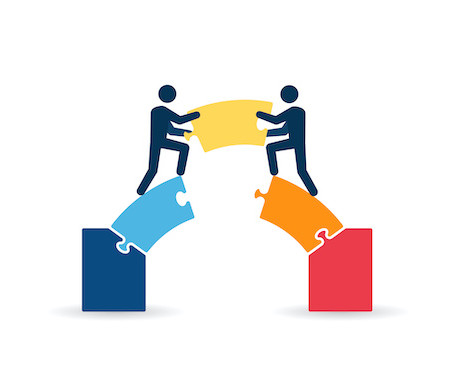
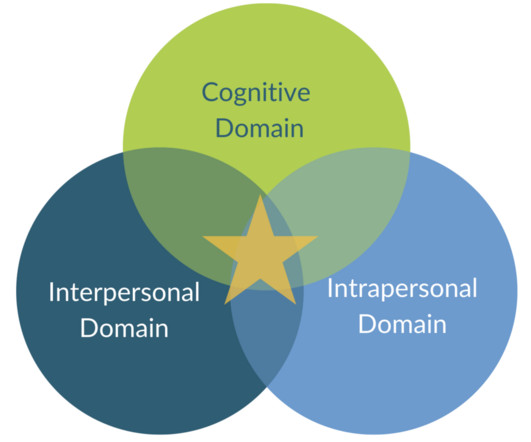
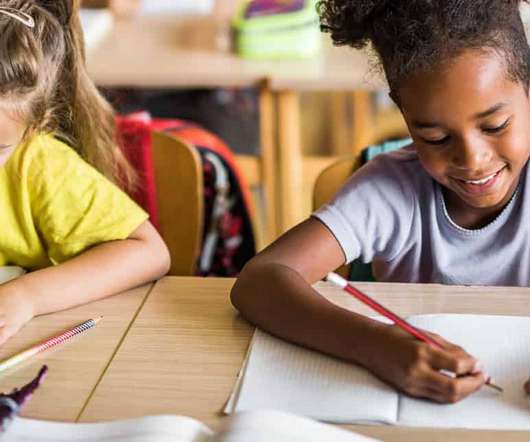




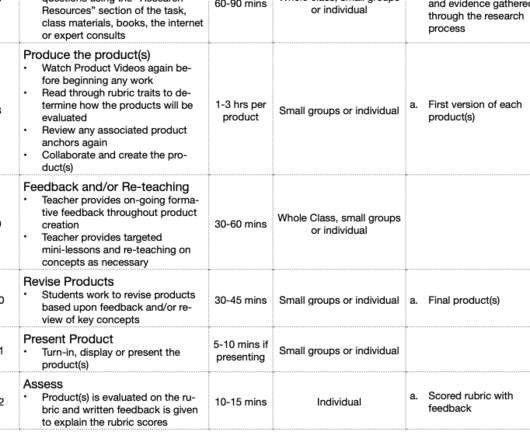
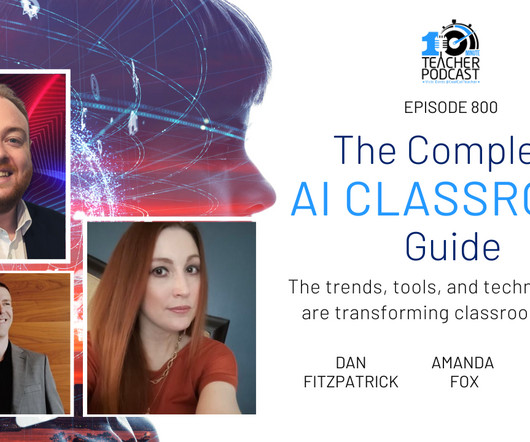









Let's personalize your content